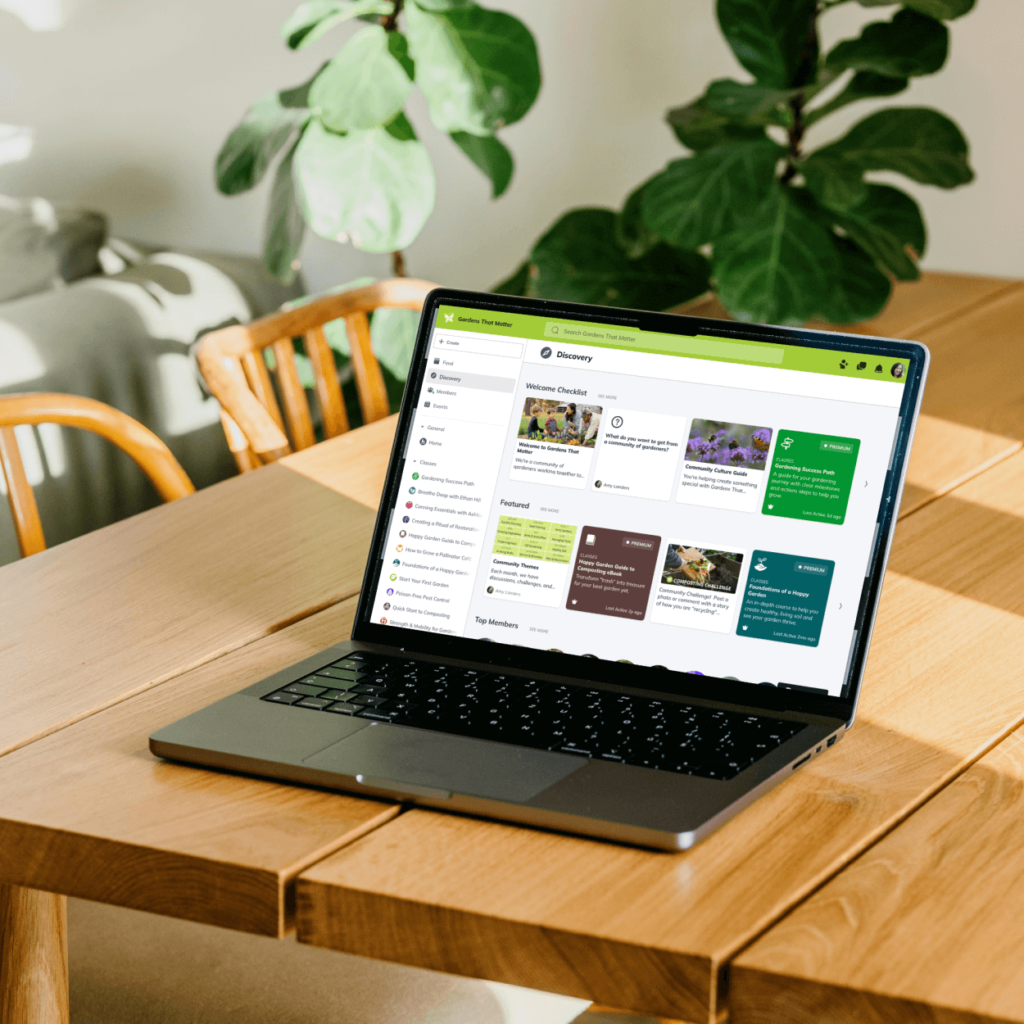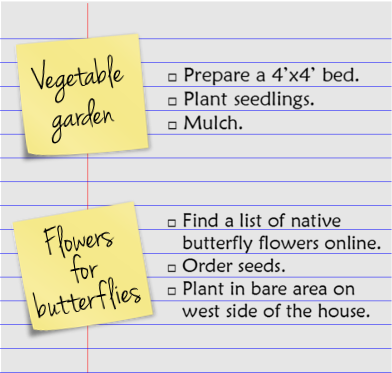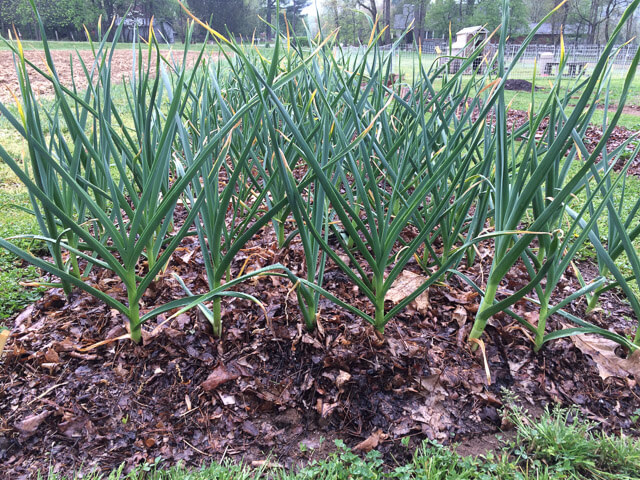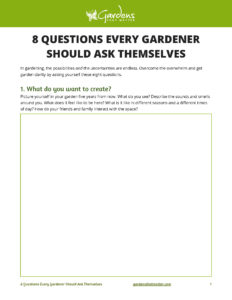Starting a Garden? Answer These 8 Questions First.
In gardening, the possibilities are endless. So are the questions. How do I start a garden? What do I need to know? What should I do first? What should I plant? Where should I plant? Overcome the overwhelm and get garden clarity by asking yourself these eight questions.
Answer them and you’ll know what you want and why. You’ll end up with an actionable to-do list as you get started on your most important projects. Plus, you’ll generate ideas to save time and money and a list of resources to help you along the way.
Write your answers down, and you’ll gain even more insight from this exercise. Dreams become goals and realities when you write them down.
This exercise is good for not-so-new gardeners too! Colby and I like to do it every season or two as a way to evaluate what we’ve accomplished so far and (re)focus on our goals and vision.
Download a printable worksheet here. (pdf)
1. What do you want to create?
Picture yourself in your garden five years from now. What do you see? Describe the sounds and smells around you.
How does your dream garden make you feel? What is it like in different seasons and at different times of day? How do your friends and family interact with this space?
Dream big! You can do a lot in five years. 🙂 And don’t worry about getting locked in to your answer. Your vision can (and will) change over time. The goal here is to open your mind to all the possibilities and understand what you truly want.

2. Why does gardening matter to you?
We garden for lots of reasons:
- Knowing where our food comes from
- Feeding our family fresh, clean, and delicious foods
- Being healthy
- Having a beautiful yard
- Being more self-reliant
- Exercise
- Trying new things
- Growing nutritious foods and medicinal herbs
- Teaching our kids
- Helping wildlife
- Connecting with nature
- Relaxing and unwinding from a busy life
- Tending something special
- Having flowers for our dinner table
- Enjoying time with each other or alone
- And many others!
What matters most to you? WHY do you want to start a garden?
Dig deep into this question. Your “why” is the passion that can keep you going, even if the weeds go crazy or your prized tomato plant dies or things just don’t turn out as you’ve planned.
3. What elements are part of your dream garden?
Brainstorming time! What vegetables, herbs, fruits, flowers and other plants would you love to have? Do you want any structures or benches or water features? Would you like to have animals (like chickens!) or special areas for children? What wildlife do you want to attract to your garden?
Don’t worry about being super detailed, just get everything down. You may have covered some of this in #1, and it’s fine to list those ideas here, too.
If you’re feeling blocked, set a timer for 10 minutes and just start writing. No bad ideas. No editing. Just write. You can refine your list later.
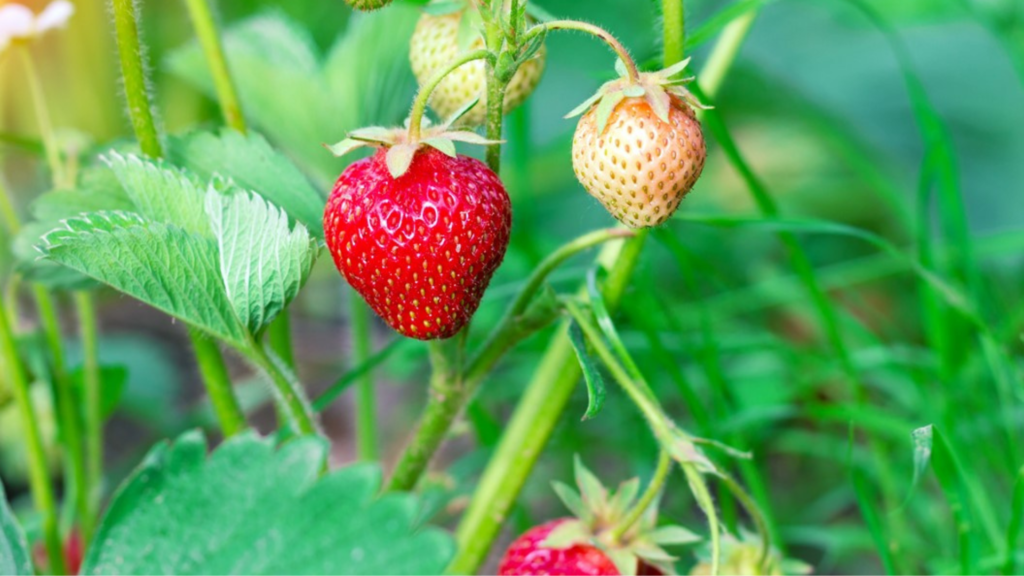
4. How much can you give to your garden?
Now, it’s time to get realistic about your time and resources. Your answer to this question helps you decide what is possible now.
All of us have a limited amount of time, energy, money, space, and other resources. It’s easy to get frustrated and complain about it. Complaints? Not useful when you’re trying to create something awesome.
Instead, use these limits to help you focus on what really matters. Get specific about what you can give and where your limits are.
A few questions to explore this idea more:
- When will you spend time in your garden? And can you schedule it in your calendar? I love to dilly-dally in the garden in my spare time. But as you know, spare time is rare for moms and dads. I get intentional and block out time in my calendar for garden projects that really matter to me.
- How much of the work can you do yourself? If you need help from others, when are they available?
- How much money will you spend on your garden? Growing your own food is a great way to save money, but you can also spend hundreds (or more!) on supplies and tools. Will you adjust your timeline or plans to save money over the long term? Will you find creative ways to pinch your pennies? Or will you use money to take a gardening shortcut? (For example, hire help, purchase transplants or rent power tools)
5. What is happening in your yard now?
Go outside and observe. Seriously, find a chair and sit.
If you are just beginning or if you’re new to your land, these observations will help you decide where to put your garden.
If you are already gardening, see if you can deepen your understanding of the space. You may spark new ideas, see problems, and find solutions.
Here’s a list of possible observations to get you started:
- Movement of the sun (daily and seasonally)
- Shadiest and sunniest spots
- Water sources (man-made and natural)
- Movement of rain and other water across land
- Directions of summer and winter winds
- Existing structures
- Existing trees, shrubs and other plants
- Existing paths or driveways
- Slopes
- Views you want to enhance or block
- Areas with problem soils (rocky, water-logged, polluted)
- Areas with soils ready for planting
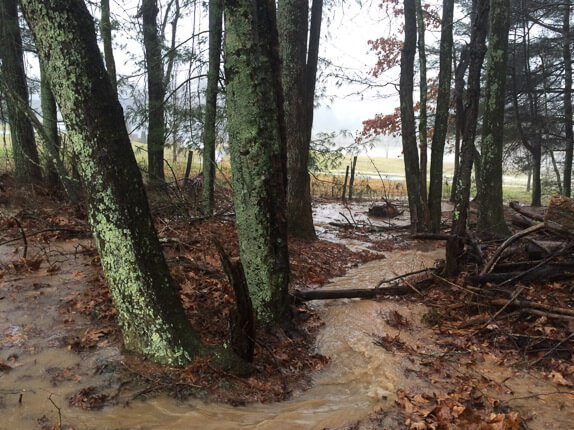
6. What elements or garden projects are the most valuable to you?
Use your “why” from #2 to decide how you’ll measure value. This may be different for each of us. The most valuable projects might be the ones that help you grow the most food or have the most fun with your kids or save the most money.
Revisit your list from #3 and rank it by value.
Next, take the top few elements from your list. (Few = however many feel “doable” to you)
Focus on these first and break them down into clear steps. You want to end up with a list of actions that can be checked off as complete. Here are two examples:
Add the level of detail you need. If you feel overwhelmed, break it down even further. In the example above, you could break down “Plant seedlings” into smaller steps, such as decide how many seedlings we need, purchase them from Company X, make plant markers, and finally, plant seedlings.
If you don’t yet know all the steps needed for your project, write down the first few steps you need to take. As you take action, you will figure out the steps to follow.
And don’t forget to check tasks off your list as you complete them. Let that momentum grow along with your garden!
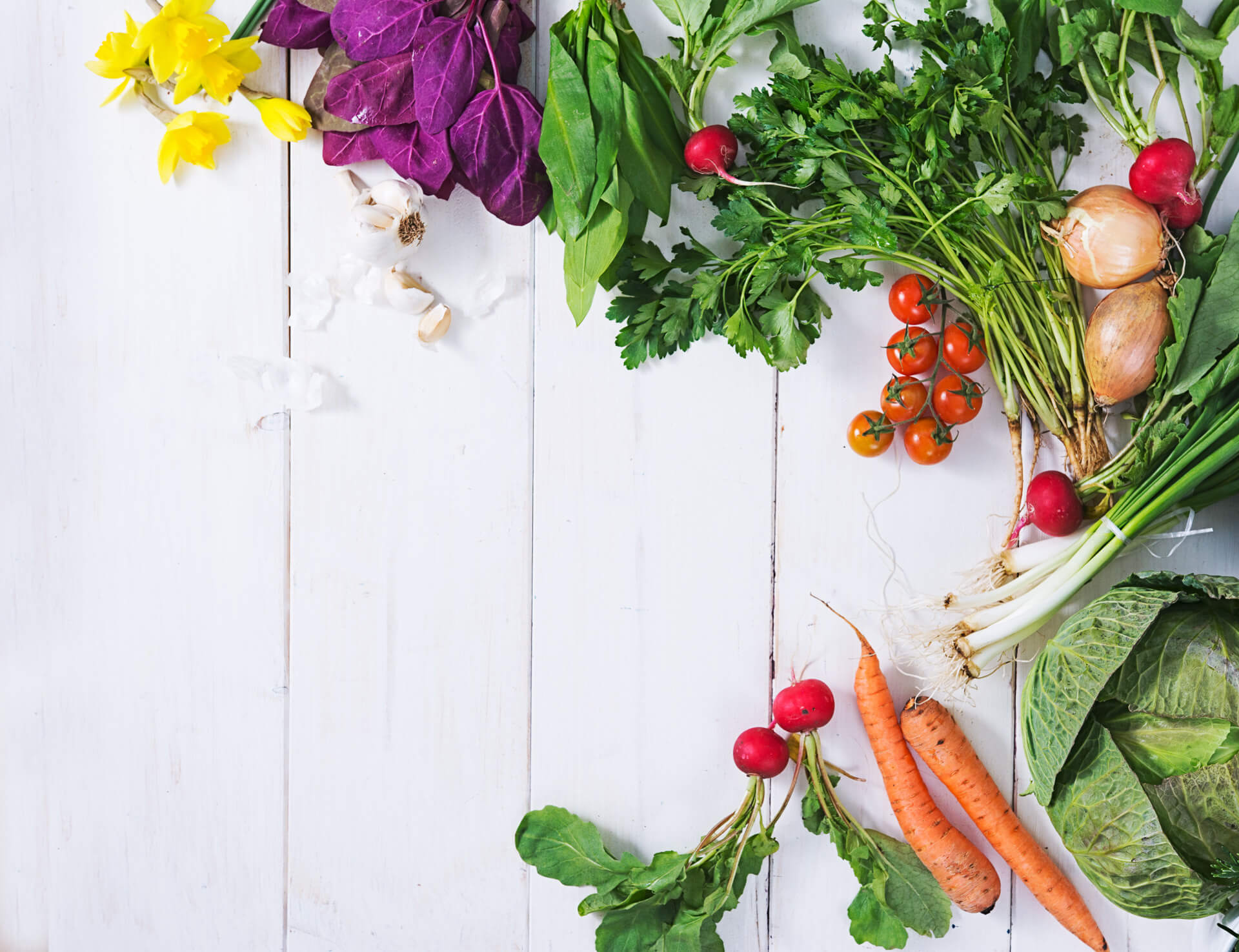
A CLASS FOR NEW GARDENERS
Start Your First Garden
Short, actionable lessons to help you grow healthy food and flowers using sustainable methods. No green thumb required.
7. What can you do now to save time and resources later?
This is a question we ask ourselves all the time. These are the capacity-building tasks and projects. When we take time to do these now, we save time (or money) in the future. For example…
- Keeping good records. A garden journal helps us organize our notes and learn from our own experiences. We can look back to see how to build on our successes and avoid repeating mistakes.
- Caring for soil. Compost, cover crops, mulch, limited digging/tilling, and organic practices are some of the ways we build healthy soil. Feed the soil, and the soil will feed the plants.
- Mulching. Mulch is such an easy win that it deserves repeating. Not only does it feed and protect the soil, mulch blocks weeds and conserves water, saving time and money!
8. Who can you learn from or turn to for help?
Make a list of people and places you can go to for info as you start a garden. When you have a problem, you’ll know where to find help.
Gardening conditions vary wildly across the globe. Connect with local gardeners and experts who know the climate, geography, and biology of your region. Here are a few places to look:
- Extension Services (these are usually connected to research institutions, like universities)
- Master Gardener hotline
- Public gardens and nature centers
- Locally-owned nurseries and garden supply shops (These are also potential sources for plant varieties well-suited to your location!)
- Schools that offer gardening classes
- Other local garden businesses (A Google search with your city’s name and terms like landscapers, permaculturists, farmers, and garden designers should turn up some potential contacts. These are especially useful if you sometimes hire help.)
Look for nearby friends who garden or join a garden organization, like a native plant society or flower guild. We love having a network of people to share ideas, trade plants, and compare notes.
If you don’t have any garden reference books yet, check a handful out from the library to find a few you like. You may want to buy copies for your own bookshelf.
Connect with other gardeners online, too. We’re happy to help you inside the Gardens That Matter online community. It’s a space where you can ask questions, take classes, share your experiences, and more. (We use Mighty Networks. Similar to a Facebook group, but without the ads and algorithm.)
Now, it’s time to take action.
Download this printable worksheet and answer these questions for yourself. Once you’ve completed this worksheet, you’ll have a better understanding of your motivations, values, resources, and next steps.
What question (and answer) can most help you create a more successful garden this year?
Happy Gardening!
Join the conversation.
Comments are hosted inside our private community. It’s easy and free to join.
Already a member?
